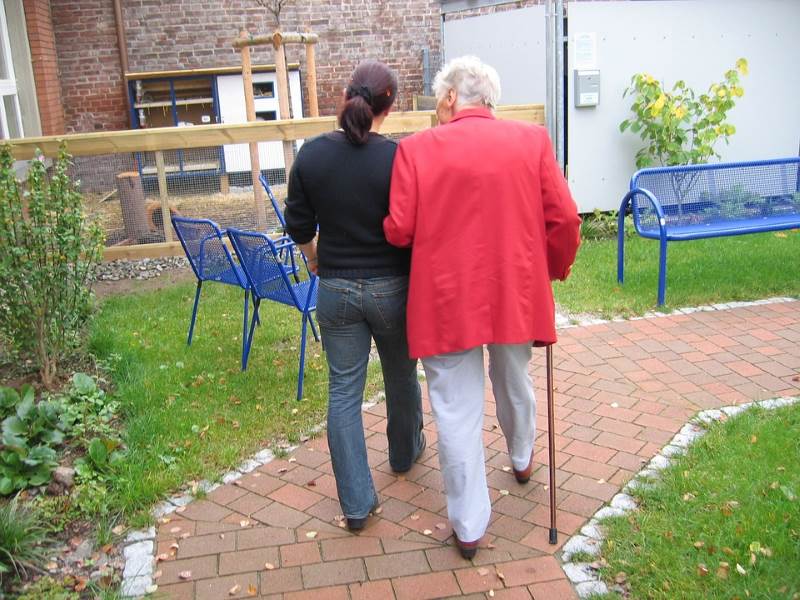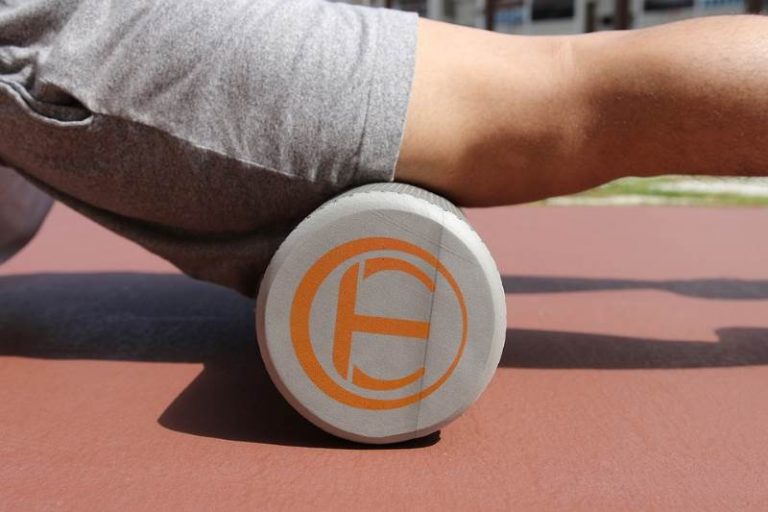
Fall Prevention Tips
Fall Prevention Tips
Many older people tell me that they simply avoid physical activity due to the fear of falling and the risk of an injury. The problem with this approach is that as we become less active we experience a gradual decline in muscle strength, endurance, flexibility and balance. This gradual deconditioning puts us at a greater risk of suffering a fall. Also, as we become sedentary and weak, the recovery process if an injury does occur is often much slower than it would be for someone who is fit and active.
In the clinic we will look at functional measures including walking, standing on one foot and a sit to stand test to help us determine walking pattern, balance and lower extremity strength. While walking, we want to see that the leg swinging through is lifted high enough to fully clear the ground. A shuffle pattern can result in catching the toe quite easily. As well, since a large portion of walking is spent standing on one foot while the other leg is swinging through, we want to assess balance and stability on the stance leg.
To avoid tripping while walking, it is important to develop a safe walking pattern. The swing through leg should be lifted high enough to properly clear the ground. We also want to see a pattern of striking with the heel and pushing off the big toe with each step. If unsteadiness is noted while standing on one foot, a walking aid such as a cane or walker should probably be used while walking. A physiotherapist can adjust a walking aid and demonstrate how to use it correctly.
A cane or walker is especially important when walking outdoors where there are many obstacles including uneven ground, curbs and other potential tripping hazards. A walking aid should also be kept close to the bed in case it is needed when getting up during the night. A physiotherapist can teach safe and effective exercises to help improve walking pattern and endurance for those who feel weak or unsteady while walking.
It is also very important to stay active and keep moving. Daily physical activity is essential to maintain aerobic endurance, lower extremity strength and balance. It is never too late to start an exercise program. It is important to find an activity that is enjoyable to stay motivated to keep active. This may include walking, hiking, cycling, swimming, golfing, tennis, Tai Chi, yoga or Pilates. In addition to aerobic activity, a physiotherapist can design an appropriate home exercise program to help improve endurance, balance, coordination and strength.


